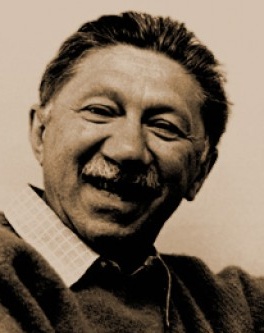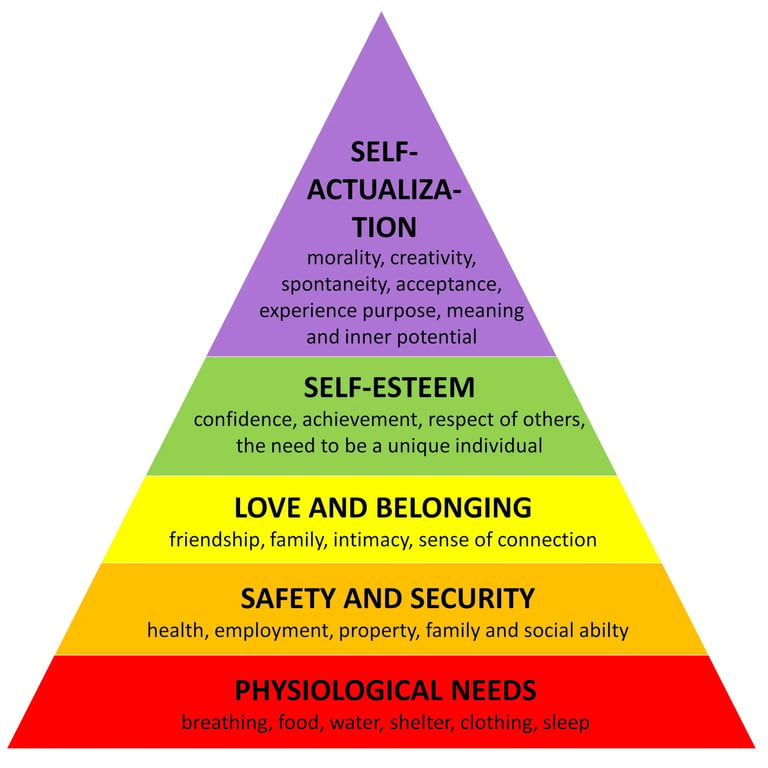Who is Maslow?
The Life and Journey of Abraham Maslow
PSYCHOLOGY
Alic Staff Writer
10/5/20243 min read


Childhood and Education
During his childhood, Maslow faced health challenges, including severe bouts of asthma.
His health limitations often confined him indoors, which provided the opportunity for intellectual pursuits.
He attended Boys High School in Brooklyn, known for its excellent academic standards, where he was exposed to a stimulating academic environment.
Later, Maslow pursued higher education at the City College of New York (CCNY), initially studying law.
However, he eventually shifted his focus to psychology, a decision that would shape his life profoundly.
Maslow earned his bachelor's degree in 1928 and went on to complete his master's degree in psychology in 1930.
Academic and Professional Journey
Maslow continued his academic journey at the University of Wisconsin, where he obtained his Ph.D. in psychology in 1934.
During this time, he worked closely with Harry Harlow, a renowned psychologist known for his research on attachment and maternal separation in rhesus monkeys.
This collaboration influenced Maslow's future research interests.
Over the years, Maslow held various academic positions and contributed significantly to the field of psychology.
He served as a faculty member at Brooklyn College, Columbia University, and Brandeis University, where his theories on human motivation began to take shape.
Maslow's Hierarchy of Needs: A Culmination of Life's Work


Maslow's groundbreaking theory, Maslow's Hierarchy of Needs, was a result of years of research, observation, and reflection on human behavior.
It was first introduced in his paper "A Theory of Human Motivation" in 1943.
The theory is structured as a pyramid, illustrating the progression of human needs, from basic physiological requirements to higher-level aspirations such as self-actualization.
This conceptualization revolutionized psychology, providing a profound understanding of human motivation and fulfillment.
Legacy and Impact
Abraham Maslow's legacy extends beyond the realm of academia.
His theory has become a foundational concept in various disciplines, including psychology, education, business, and marketing.
Understanding and applying Maslow's insights have become essential for individuals and organizations seeking to enhance well-being, motivation, and productivity.
Conclusion
Abraham Maslow's journey from a modest childhood in Brooklyn to becoming a preeminent psychologist showcases the immense potential that determination, education, and passion hold.
His life's work, encapsulated in Maslow's Hierarchy of Needs, continues to influence and inspire generations, offering profound insights into human behavior, motivation, and the pursuit of a meaningful life.
This article should answer the question: Who is Maslow?
Understanding the Man Behind the Hierarchy
Abraham Maslow, a prominent figure in the field of psychology, is most celebrated for his theory of human motivation encapsulated by Maslow's Hierarchy of Needs.
However, to truly comprehend his theory, it's essential to explore the life and experiences that shaped this eminent psychologist.
Early Years and Birthplace
Abraham Harold Maslow was born on April 1, 1908, in Brooklyn, New York.
He was the oldest of seven children, born to Samuel and Rose Maslow.
Growing up in a culturally rich but financially modest environment, Maslow's early experiences greatly influenced his perspectives on life and human needs.
Maslow displayed an early intellectual inclination and had a passion for reading and learning, driven by the stimulating conversations within his family and community.


Affiliate Disclosure: “As an Affiliate, Associate, Affiliate Marketer, Amazon Associate, etc., this site can earn from qualifying purchases made through this site.”
Subscribe to our Email List:
© Copyright 2023 AlwaysLearningIsCool.com. All Rights Reserved
Affiliate Disclosure: “As an Affiliate, Associate, Affiliate Marketer, Amazon Associate, etc., this site can earn from qualifying purchases made through this site.”
Email: Info@AlwaysLearningIsCool.com
